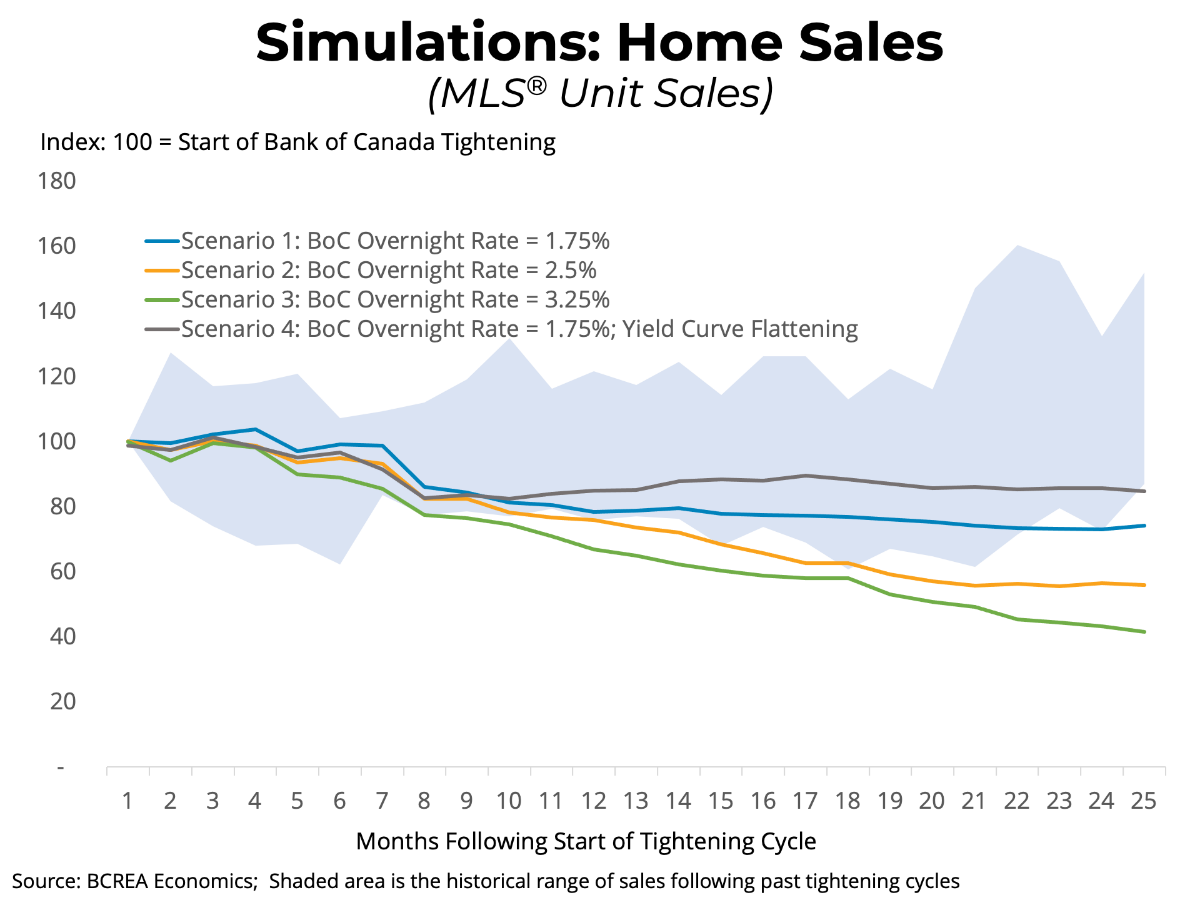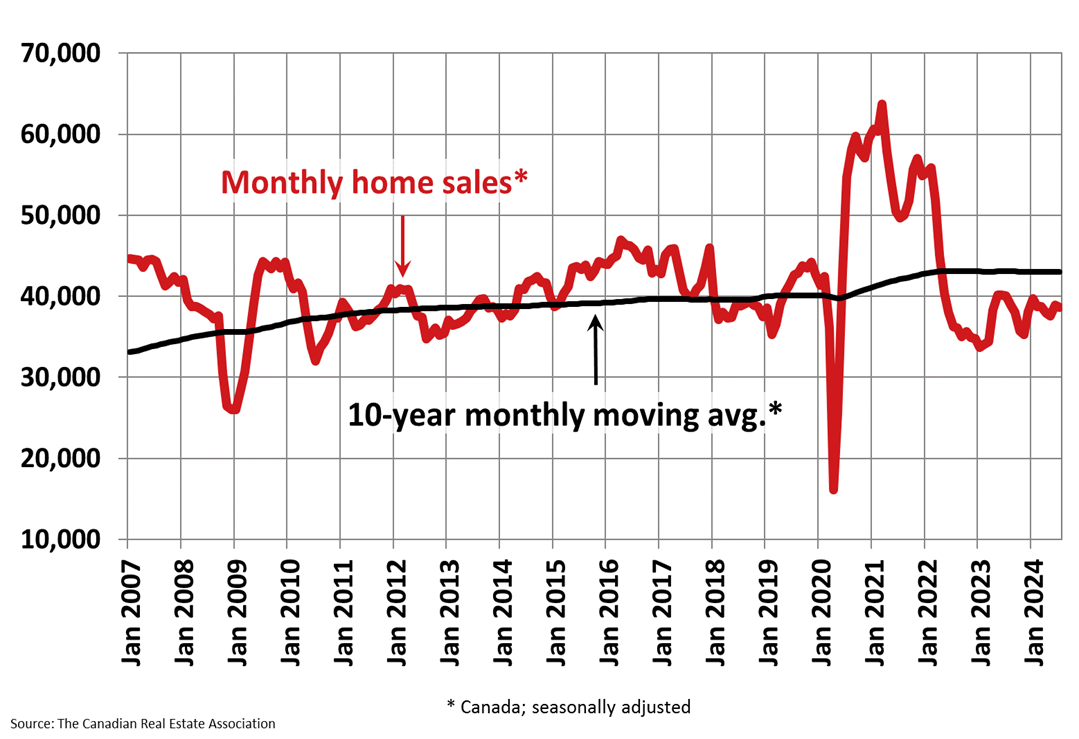Use the link to access full report - https://mailchi.mp/bcrea/choose-your-own-misadventure-how-us-tariffs-could-impact-bc-housing
Choose Your Own (Mis)Adventure: How US Tariffs Could Impact BC Housing


Use the link to access full report - https://mailchi.mp/bcrea/choose-your-own-misadventure-how-us-tariffs-could-impact-bc-housing

Courtesy of CREA.ca
Talk about development and real estate in Prince George BC. (Affordable House will NEVER exist thanks to present & future building codes).

I recently came across once again during a deal on a home that the buyers REALTOR® saying the inspection of a septic system has to be done by a licensed person. THIS IS FALSE! I have had extensive ...
The report found that 84 per cent of Prince George residents are happy to spend less than 30 per cent of their income on housing. - Click here for rest of article
Full article details press here
By Nelson Bennett | May...
PRINCE GEORGE- Prince George has been on full display this week between the BC Natural Resource Forum and the 2023...
BC Hydro president and CEO Chris O'Riley announces plan to twin a transmission line that runs between Prince George and Terrace in order to meet the growing energy needs of the region. The project, which...
